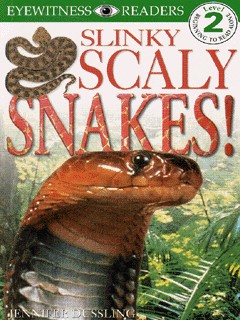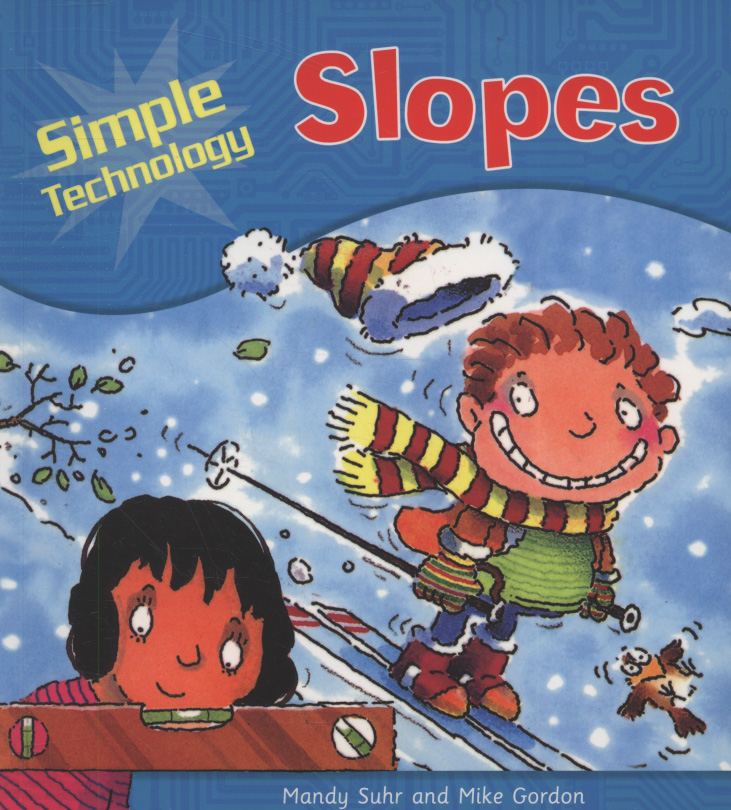Resources
Sliding filament theory
|
This animation shows muscle contraction and the sliding filament theory |
Sliding Objects
This video from Teachers TV introduces Year Four children to the forces behind sliding objects, using a game of tug-of-war.
This starter clip demonstrates friction and sliding objects and could be used to prompt discussion when introducing friction at Key Stage Two.
Slimming
This Nuffield Working with Science unit was designed to enable students to enquire systematically into slimming. It was intended to give them information about such things as balanced diets, the dangers of undereating and overeating, the social pressures on people to be...
Slinky drop
This video shows how a slinky, which is being held at the top with its bottom freely dangling, falls when released.
Students are asked to predict what happens when the slinky is released. Does the top fall first? Does the bottom fall first? Do both ends fall together or does the centre of the slinky remain...

Look into the secret world of snakes. See them poison their prey, play tricks on their enemies - and slip out of their skins!
SLIPP teachers' guide
The Teacher’s Guide to the Supported Learning in Physics Project (SLIPP), published by Heinemann, set out the rationale of the project and explained the context-led approach and the supported learning strategy. The Guide explained how teachers could introduce SLIPP units into their post-16, advanced courses.
...Measuring forces with the slope ramp and cars. .Each ramp will take two cars and can be set to any gradient to allow for varying science tests.

How do we use slopes in our homes? Why is it easier to turn a screw than hammer in a nail? Full simple experiments help you find the answers to these questions.
With its winning combination of child-friendly, easy-to-read text, humorous illustrations and simple experiments, Simple Science: Slopes makes learning about a basic technology concept fun.

